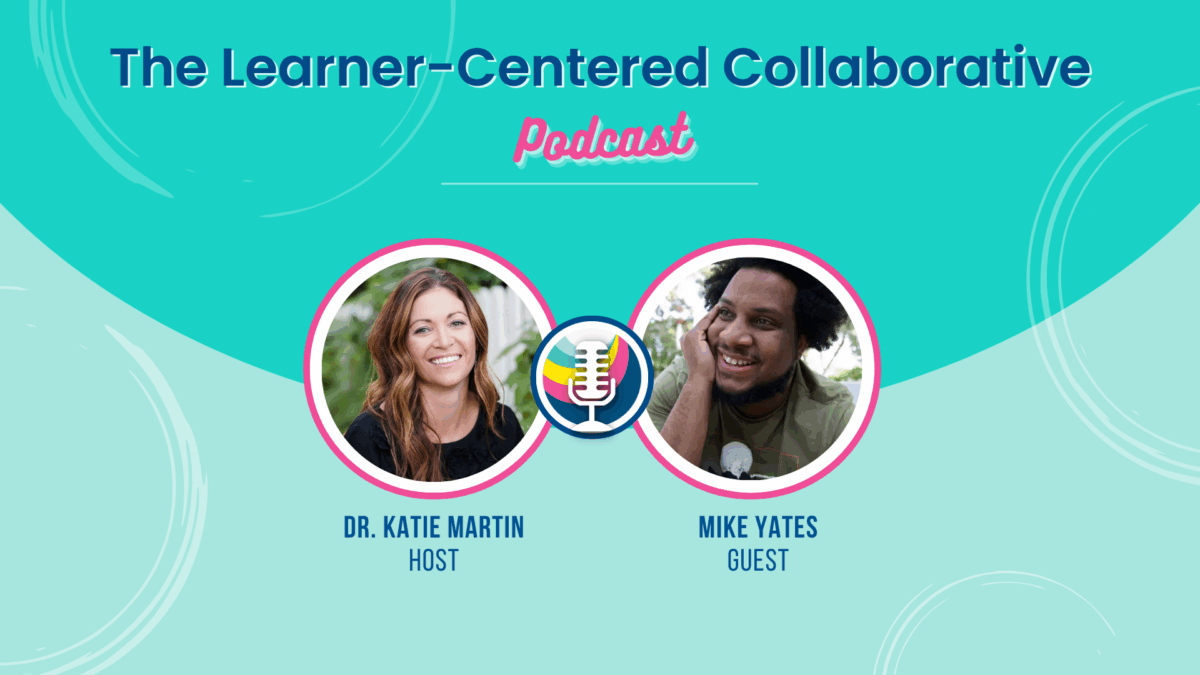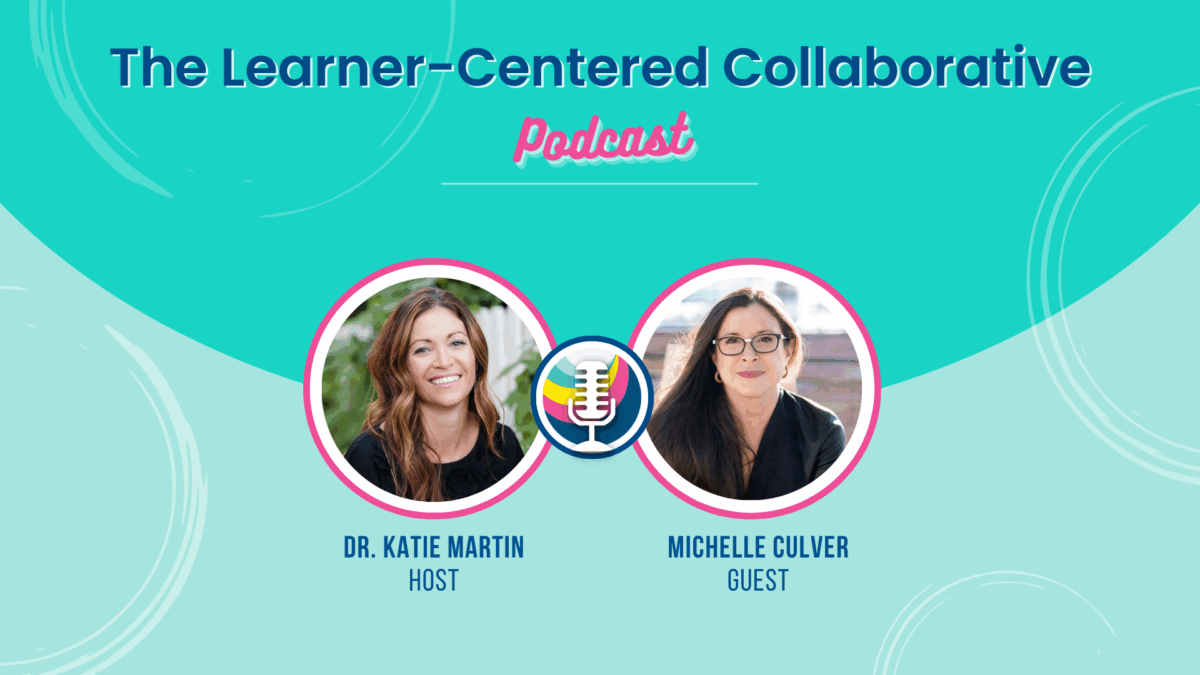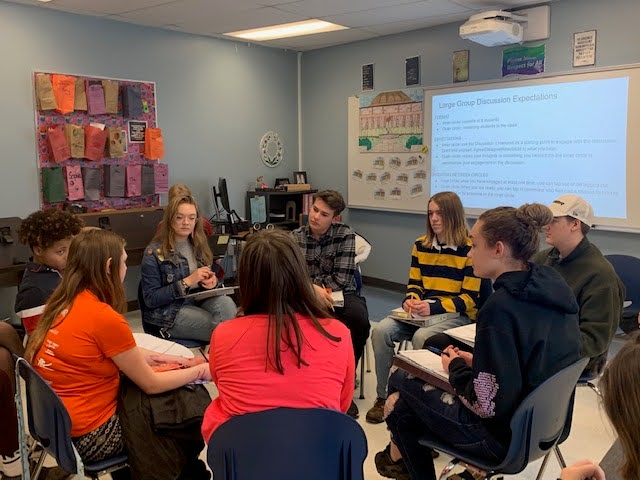What’s Possible in Learner-Centered Education
As the world continues to evolve and change in dynamic ways, there is an increasingly urgent call to create schools that meet the needs of learners in our world today to equip them with the academic and social skills that are critical for success in work, life, and citizenship. Many educators recognize the diverse strengths and challenges that children come to school with and understand that to truly develop and grow unique individuals we cannot teach in a standardized way.
As systems thinkers, we believe in W. Edwards Deming’s philosophy, “Every system was perfectly designed to get the results it gets.” Many of our education systems were designed for an industrial age model where the goals were about standardization. Today, in a networked era we have opportunities and, in our view, an obligation to create learning environments that mirror the world we live in and equip learners to navigate their path ahead. If we want new and better outcomes, we have to design new learner-centered ecosystems to achieve our goals.
To design learner centered ecosystems, we are partnering with educators around the country. For us, this work begins with asking key questions to get clear about our desired outcomes.
1. What are the knowledge, skills, and dispositions that you believe are critical for learners to develop?
When we ask this question of community and industry members, teachers, parents, administrators, and students, time and time again we hear problem-solving, critical thinking, empathy, creativity, agency, perseverance, and joy to name a few. We are always encouraged when we hear these goals. They also mirror the learner outcomes aligned to our LCC learner profile: a holistic, set of outcomes that better reflect the knowledge, skills, and habits that best prepare learners for their future.

Too often we focus on test scores, curriculum, programs, or even technology. When we stay focused on the learners, all of these tools and measurements become secondary— part of what we do but not why we do it. We can have the latest technology or the best curriculum, but if we are not obsessed with who learners are, how to best serve them, and how to partner with them to move forward, we can fail to make the impact that we desire and are working so hard to achieve.
2. What are the learning experiences that are critical for learners to develop these desired competencies?
When we start with learners and we backward-design our ecosystems from our shared, holistic outcomes for learners, then we can identify the key learning experiences that are critical to develop the desired competencies. Learner-centered systems create experiences that are authentic, personal, and hands-on. We see assessment that is embedded in the learning process and competency based measures allow learners to demonstrate what they know and can do that aligns with our learning model.
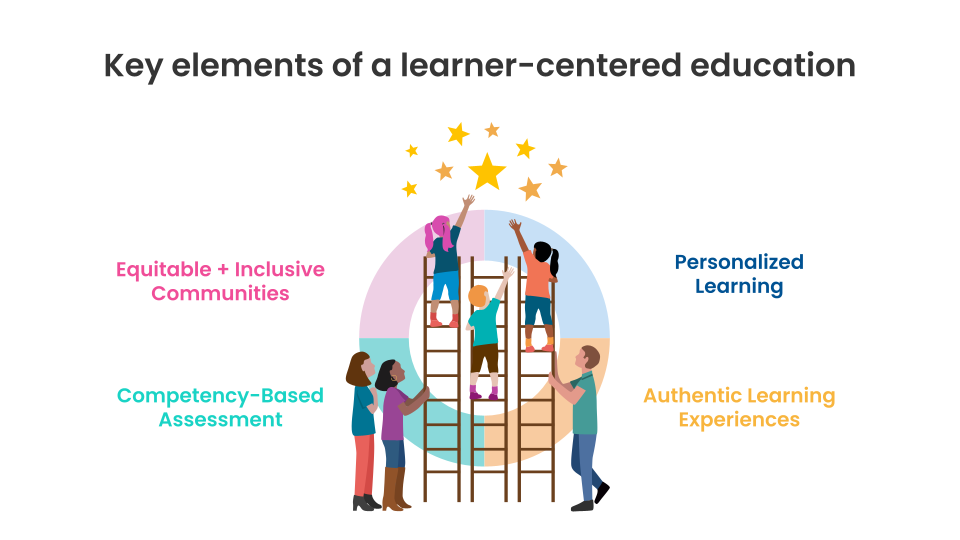
The power is when educators provide choices for learners and opportunities for them to manage, construct, and navigate their own learning to achieve their learning goals. Even more importantly, they learn to engage in authentic problem-solving that builds the foundation for being an active and contributing member of society now and in the future.
Despite our desire and innate understanding of what powerful learning looks like and feels like, our current system was designed for a different era with different goals. Authentic learning experiences that develop the skills, passions, and mindsets of the whole child are often at odds with our policies, curricula, schedules, and assessment practices in many schools and districts.
3. What are the enabling conditions that are critical to developing the desired learner outcomes?
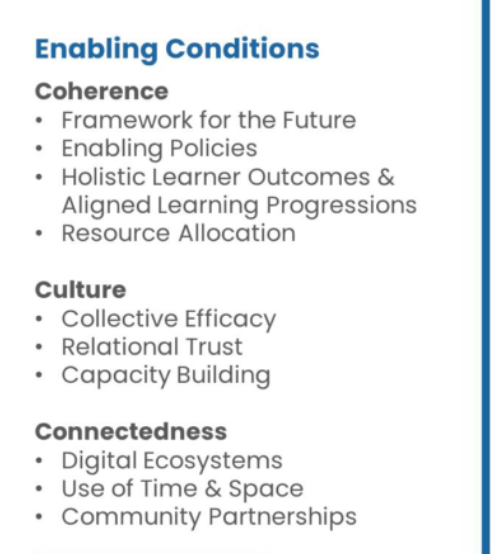 As we reimagine our ecosystems, it is necessary to consider the conditions in which we teach and learn. We know from research that learner-centered practices are enhanced when teachers have time, support, and trust to do what is best for learners in their classrooms and throughout the school. As a great number of demands are placed on teachers and administrators, burnout is increasing, and the revolving door, in many cases, negatively impacts schools and students. Not surprisingly, teachers leave schools where they are not supported or valued or feel ill-equipped or unable to meet students’ needs. We can prevent this by looking for ways to create conditions that empower all learners and inspire leaders rather than demand followers.
As we reimagine our ecosystems, it is necessary to consider the conditions in which we teach and learn. We know from research that learner-centered practices are enhanced when teachers have time, support, and trust to do what is best for learners in their classrooms and throughout the school. As a great number of demands are placed on teachers and administrators, burnout is increasing, and the revolving door, in many cases, negatively impacts schools and students. Not surprisingly, teachers leave schools where they are not supported or valued or feel ill-equipped or unable to meet students’ needs. We can prevent this by looking for ways to create conditions that empower all learners and inspire leaders rather than demand followers.
As we have been thinking a lot about the purpose of school, we also think a lot about how to change it. It seems daunting and there are so many systems that are barriers to the questions above, but I also know that the education system was designed by people and the only way it will change is with people working together. Over a century ago leaders created the rules and the systems that made sense for the industrial-era world then, and a new learner-centered era is on the horizon being led by people who believe in themselves and our collective future enough to make the changes that are necessary today. That means we are part of the solution.
Let’s discover what’s possible in learner-centered education
Margaret Wheatley says invite all who care to work on what is possible. At Learner-Centered Collaborative, we are excited about the potential to see these changes in all learning environments. We look forward to being partners on the journey to envision education ecosystems that empower all learners to know who they are, thrive in community, and actively engage in the world as their best selves. We know that small steps can lead to big change and we are encouraged and hopeful that together, we can create that movement. If we want something better for the future, we have to create it. This doesn’t mean we ignore the past, but it also means that we don’t simply recreate the experiences we had as students for our own children today. We are in a different time, with exponential opportunities—ones that did not exist when we were children—and we would be remiss to allow apprehensions to hold back aspirations.
Thank you for being part of the movement championing education and learning into a new, learner-centered era.
Devin & Katie
Let us know if you’d like to collaborate toward a more learner-centered paradigm.
This is last installment of a three-part blog series introducing the education community to Learner-Centered Collaborative. Read the whole story, as shared by our co-founders.
Part 1: Introducing Learner-Centered Collaborative
Part 2: Inspiration for Co-Founding Learner-Centered Collaborative
Part 3: What’s Possible in Learner-Centered Education
